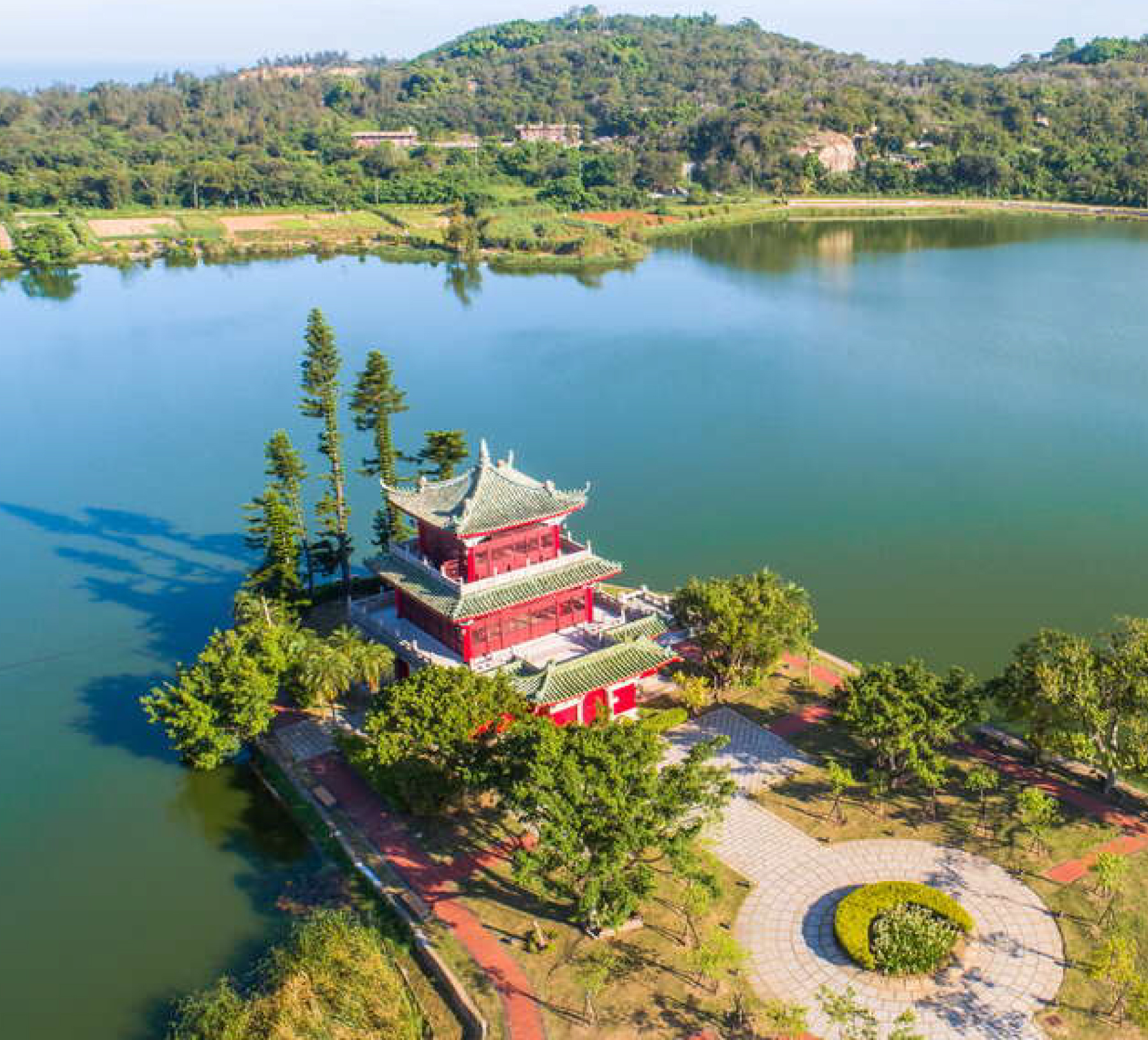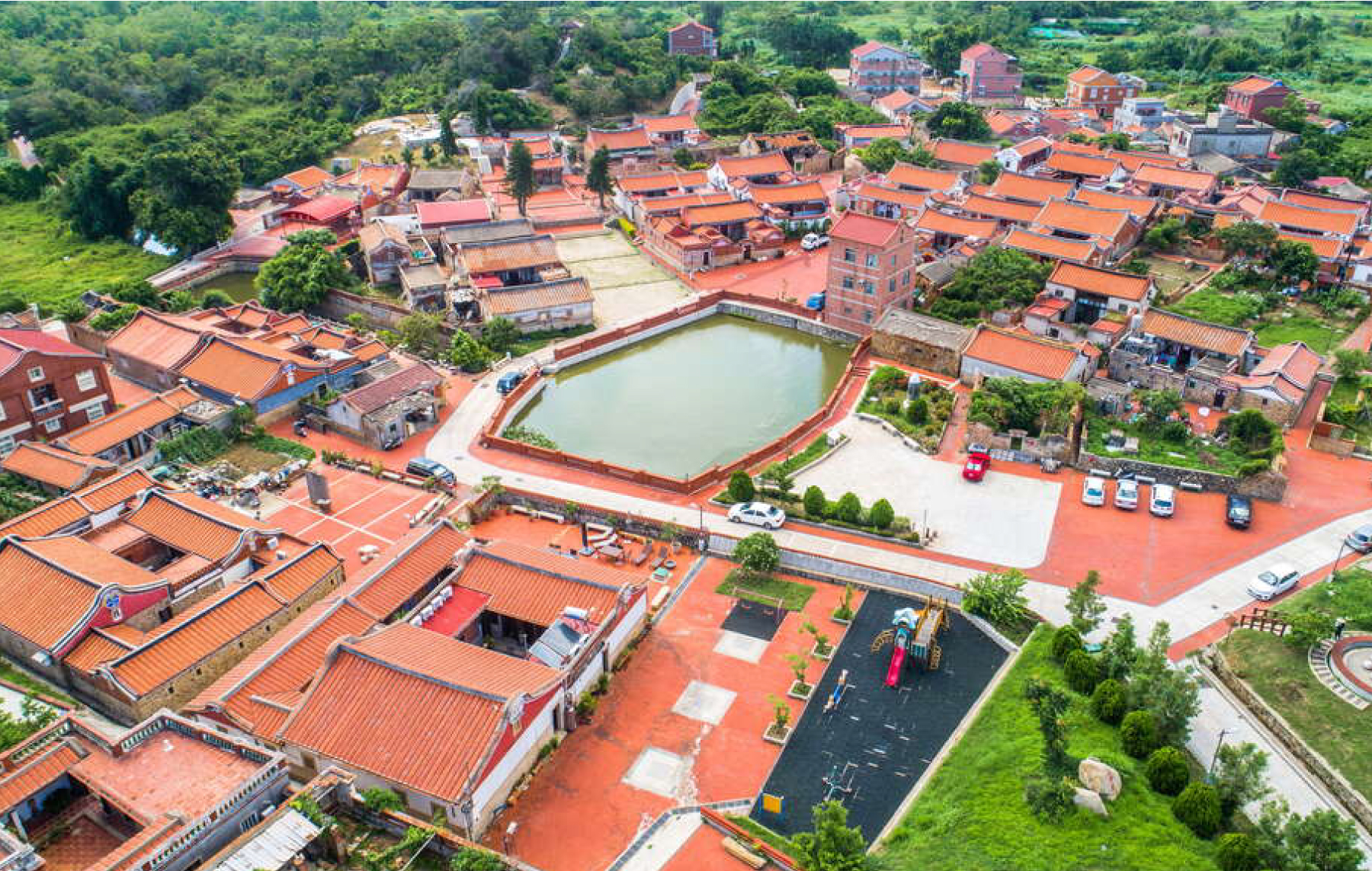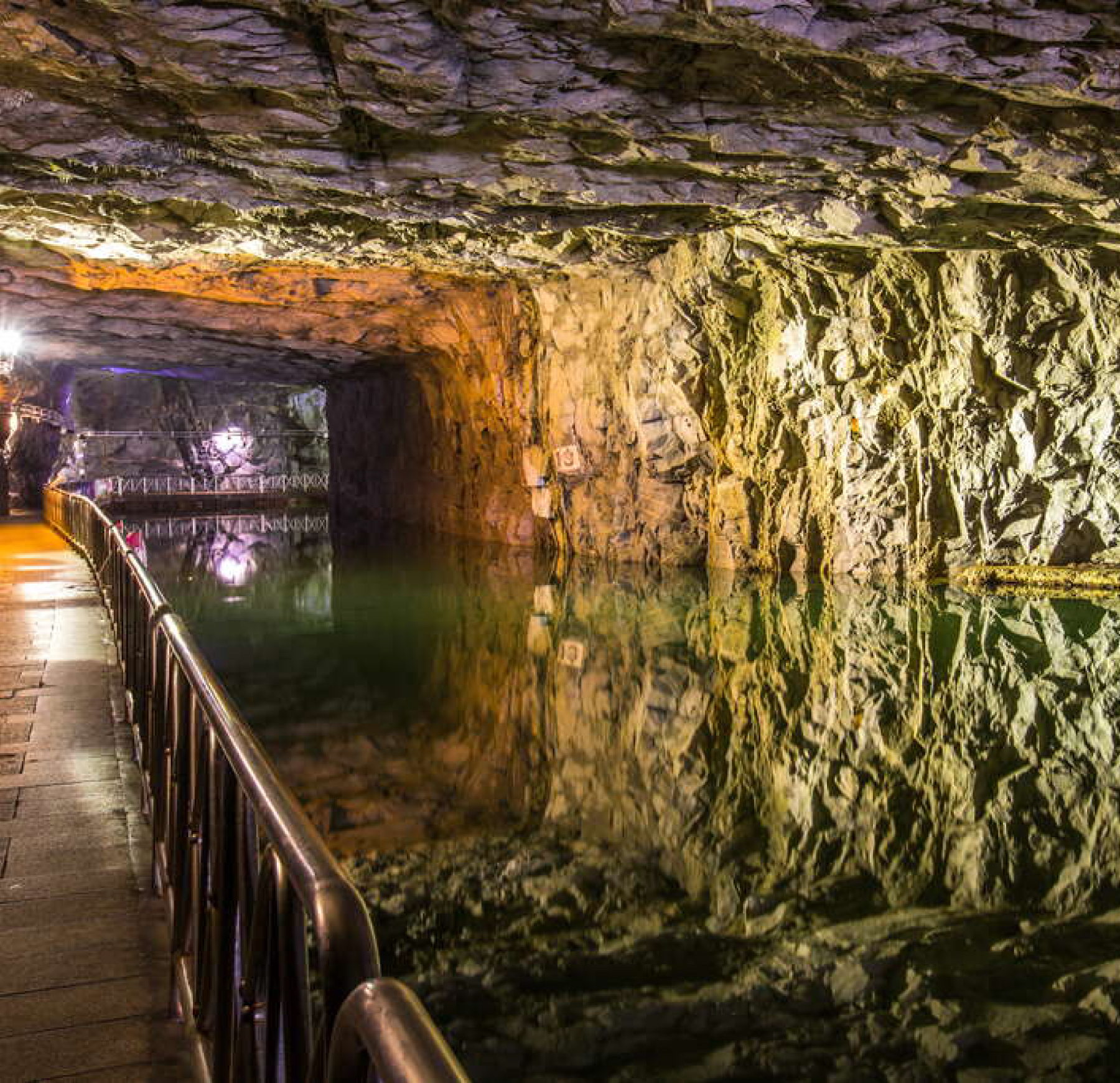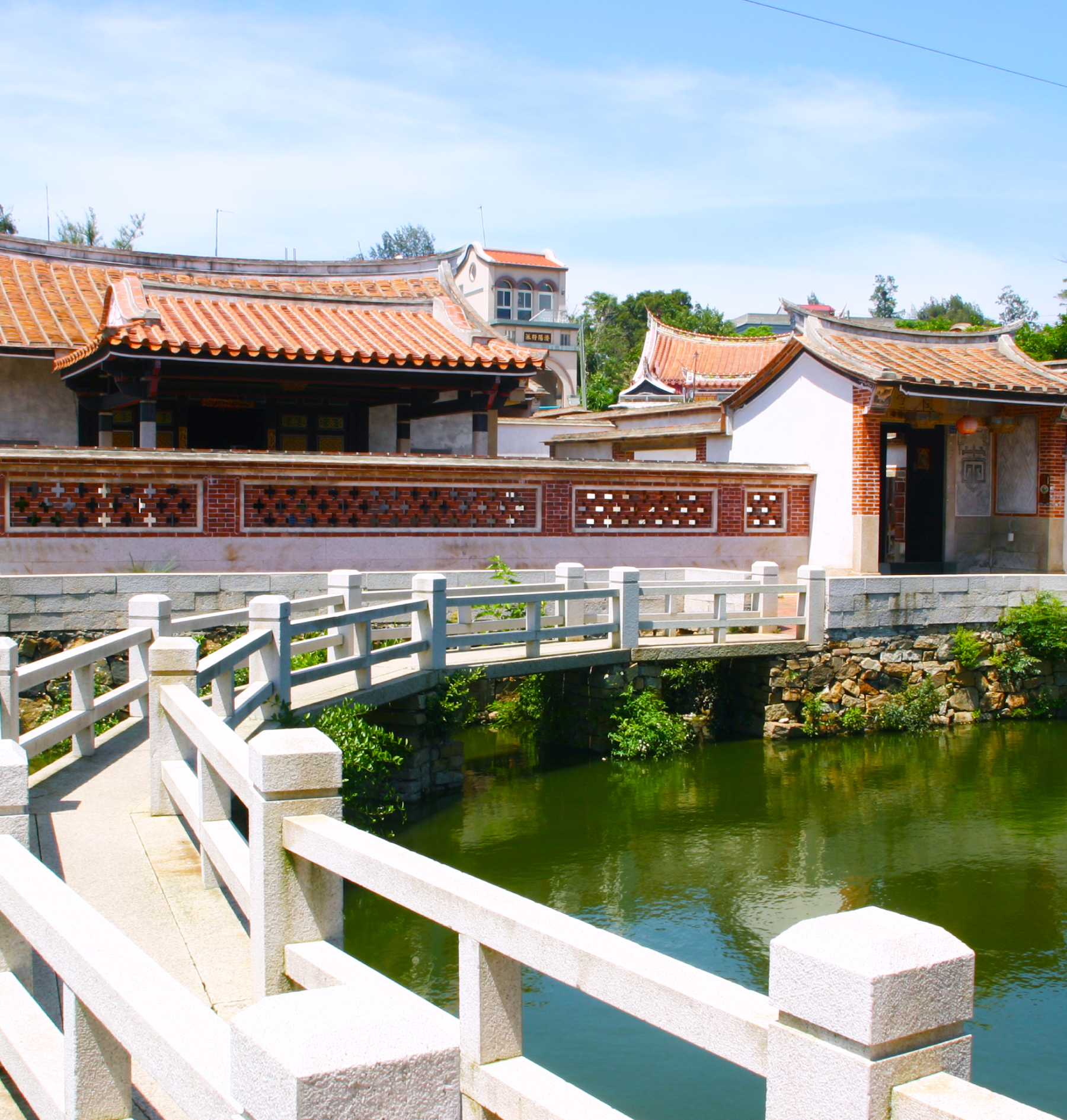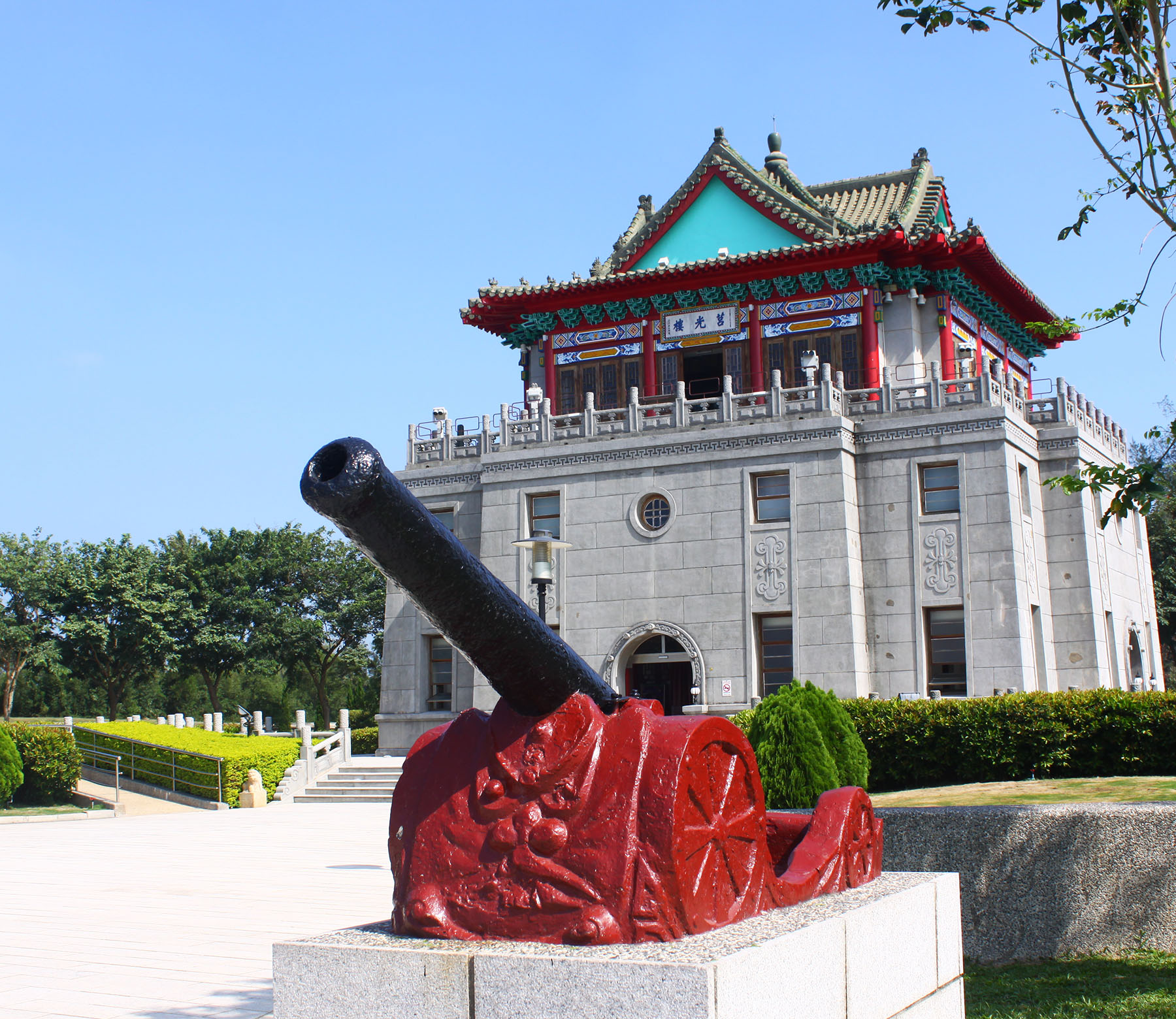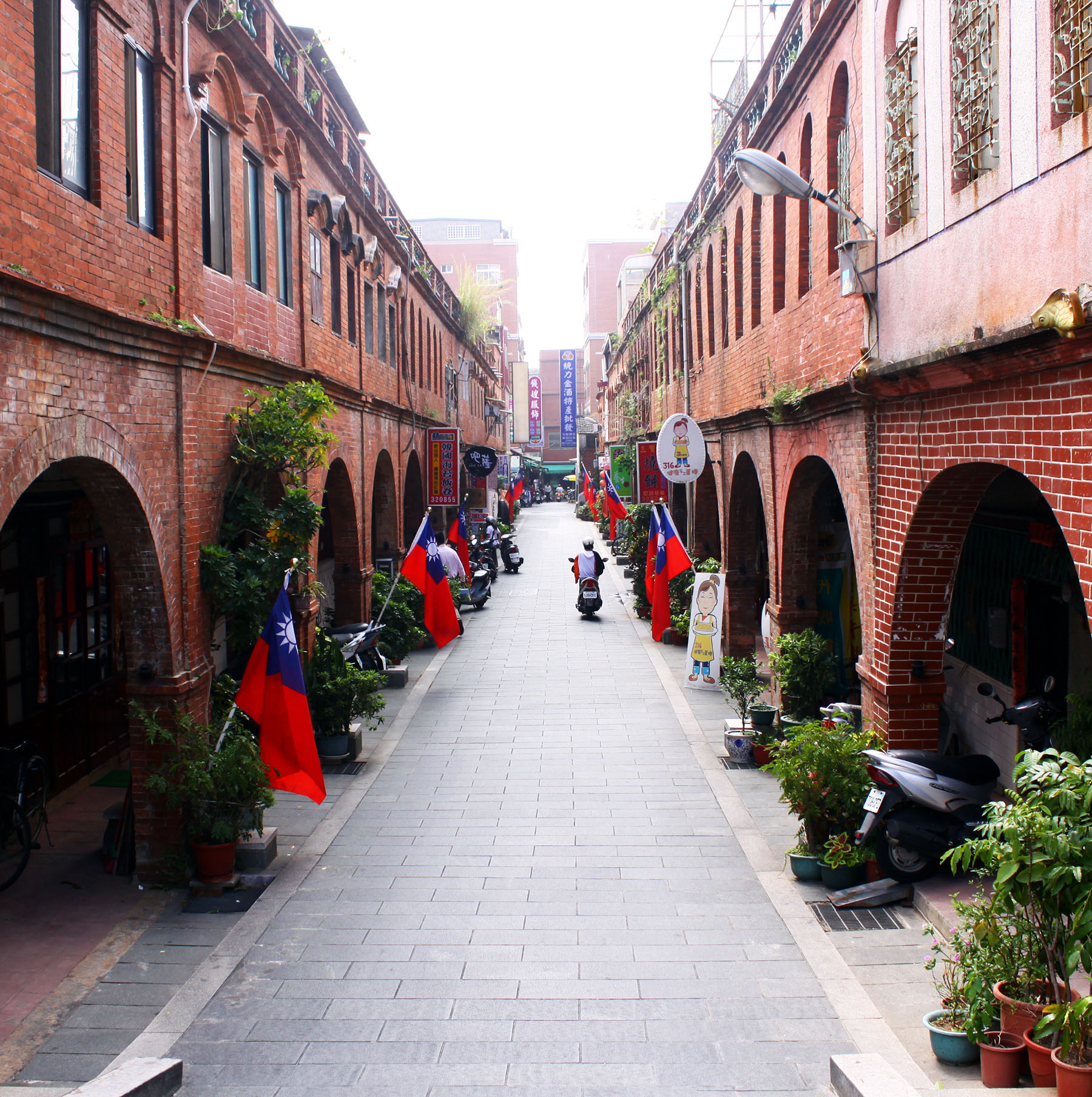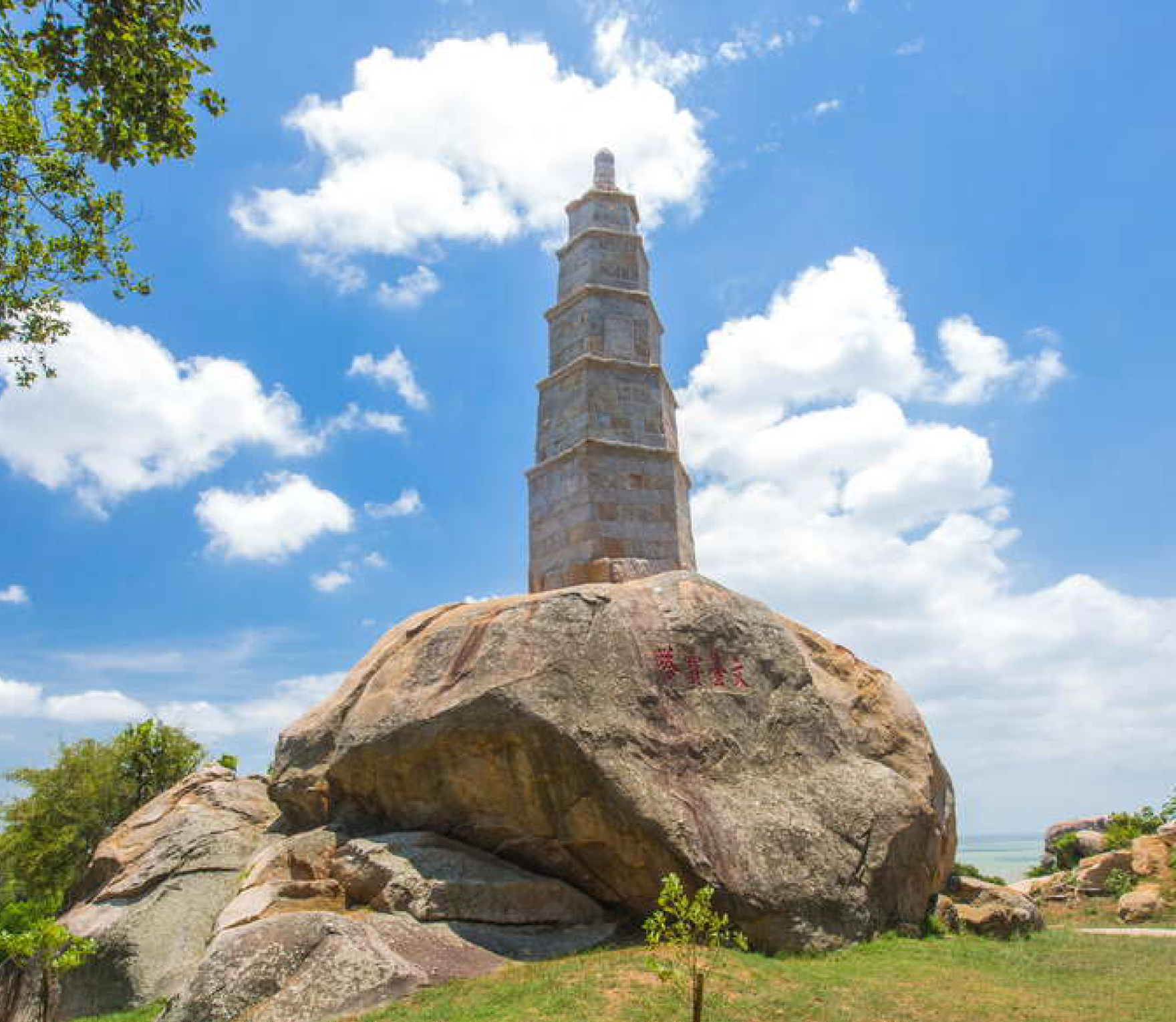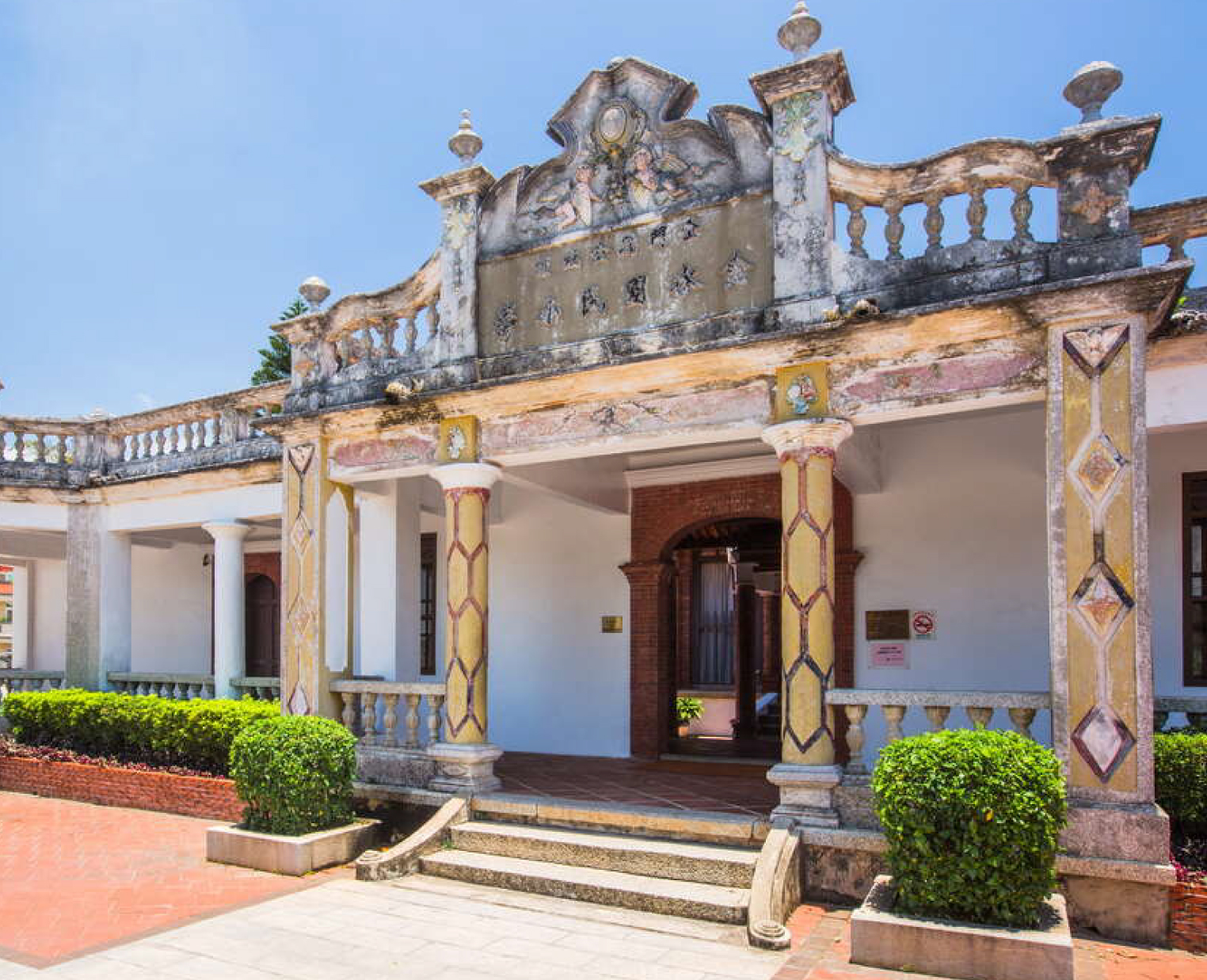
LOCAL ATTRACTIONS
GOLDEN LAKE HOTEL
ATTRACTIONS NEARBY
GOLDEN LAKE HOTEL
Kinmen used to be called Wu Zhou, Xian Zhou, Wu Jiang, and Wu Tsang. Despite being just a small island off the coast of Southern Fujian, it has unique geographical location and history, and often plays an important role in crucial moments throughout Chinese history. At the end of the nineteenth century, a large number of Kinmen residents migrated to Southeast Asia, making it one of the gathering places for Southern Fujian immigrants. During the Chinese Civil War, Kinmen became a frontline battlefield. These unique historical circumstances have resulted in Kinmen becoming the gathering place for Southern Fujian people, battlefields, and overseas Chinese.
Kinmen has a total area of roughly 153 square kilometers, dominated mostly by rolling hills and plateaus. Its highest peak is Taiwu Mountain, located at 253 meters above sea level. Red-soil plateaus are situated between granite hills, and the valleys became locations for farmlands and homes. Kinmen has three townships (Jincheng, Jinhu, and Jisha) and two villages (Jinning and Lieyu), each with their own distinct cultures, histories, and ecologies.
